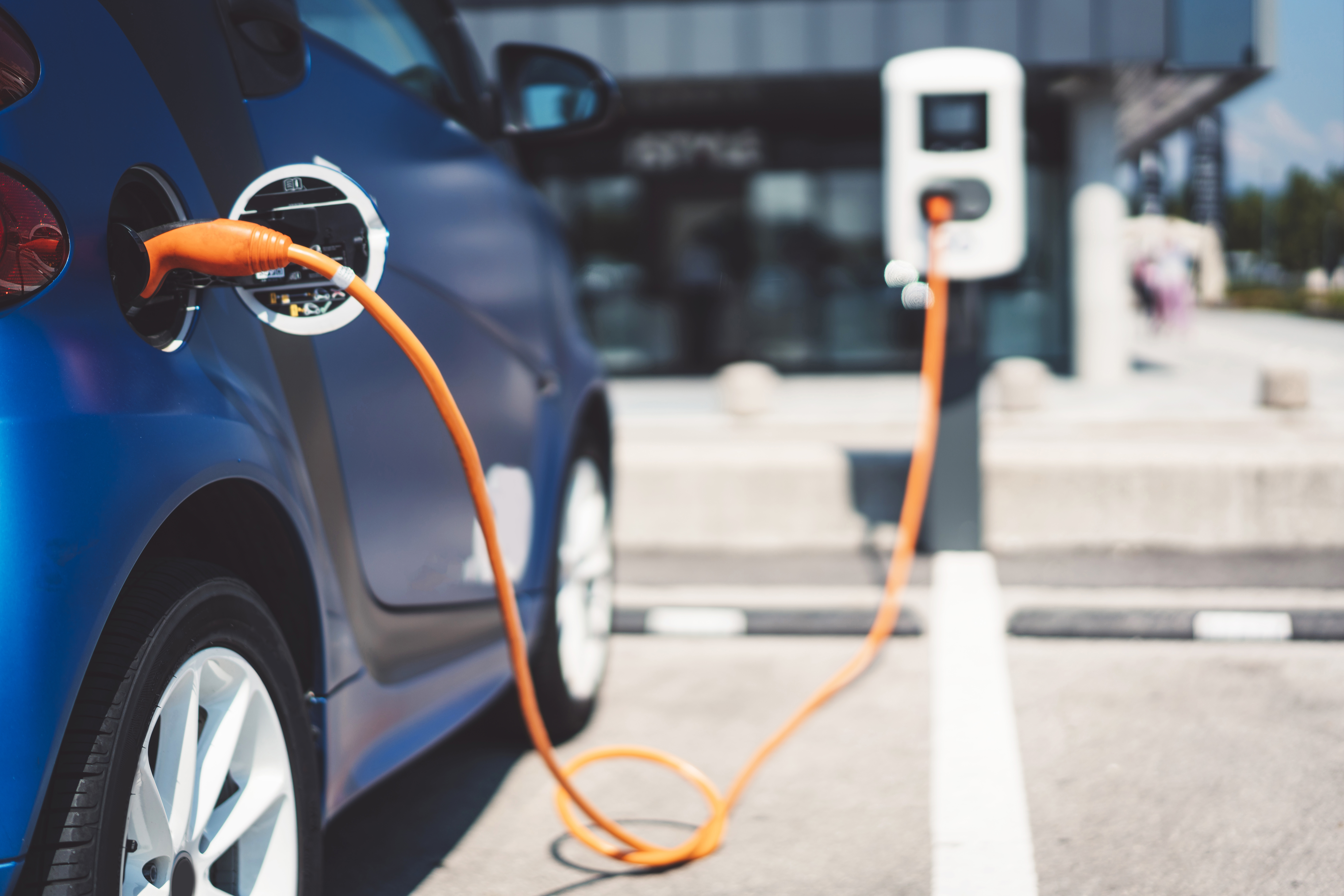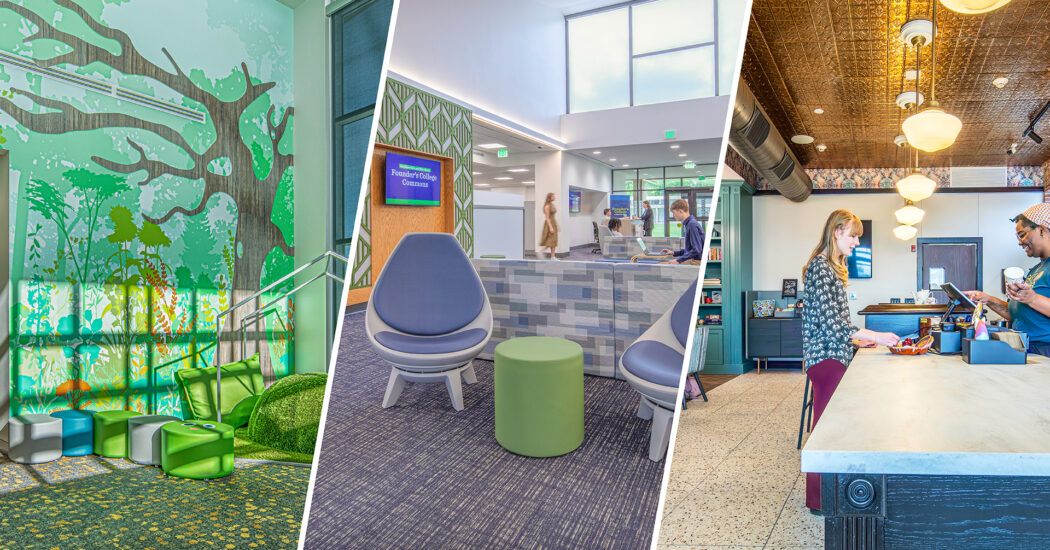Empowering a Clean Future: Designing Electric Vehicle Charging Stations for Sustainable Infrastructure
-
Category
Studio-Community, Perspectives, Innovation, Leadership -
Posted By
Lisa Gomperts -
Posted On
Dec 11, 2023
In recent years, the electric vehicle (EV) revolution has gained significant momentum, with an increasing number of drivers opting for clean and sustainable transportation options. As EV adoption continues to evolve, the demand for well-designed and strategically located charging stations is also on the upswing. Read on to learn the key considerations in the design of electric vehicle charging stations, with a focus on the unique landscape in Indiana and Kentucky.

Current Landscape
According to data from the Motley Fool, Indiana boasts 34 supercharging stations with 337 superchargers, while Kentucky has 11 supercharging stations equipped with 111 superchargers. On a national scale, the U.S. Department of Energy reports a total of 1,974 Tesla Supercharger stations, offering 21,852 Tesla Supercharger ports across the country. Despite the prevalence of these superchargers, McKinsey and Company highlights that 90% of all kilowatt hours for EV charging are expected to come from level 2 equipment.
Learn about sustainability at the Hoosier Energy Operations Center
Design Considerations
- Accessibility and Location: Proximity to major highways and urban communities is crucial for the success of charging stations. Designers should consider locations that are easily accessible and convenient for drivers.
- Power Capacity: Adequate power capacity is essential for efficient charging. Designing stations with the ability to handle multiple vehicles simultaneously creates a seamless experience for users.
- Scalability: As EV adoption grows, charging stations need to be scalable to accommodate increased demand. Future-proofing designs by considering expansion options is a prudent approach.
- User Experience: Creating a positive and user-friendly experience is key. This includes well-lit and safe environments, clear signage, and amenities like seating areas, free Wi-Fi, and restrooms for drivers’ use during the charging process.
- Integration with Sustainable Design: Incorporating environmentally friendly features, such as solar panels or energy-efficient lighting, aligns with the overall goal of promoting sustainability in the transportation sector.
Case Study: West Perry Branch Library Charging Station
In 2021, the Schmidt Associates team set a precedent by integrating an electronic vehicle charging station into the design of the Indianapolis Public Library’s West Perry Branch. This innovative approach reflects a broader trend of incorporating charging infrastructure into public spaces, beyond traditional retail locations or car dealerships.
Unveiling the Green Marvel: West Perry Library’s Sustainable Journey
Usage Statistics
Since opening, the charging station at the West Perry Branch Library has provided 209 sessions. The station’s unique location, not tied to a retail or dealership setting, highlights the growing demand for diverse charging options within communities and allows the Indianapolis Public Library to provide a much-needed public service to its community.
The Future is Green
With growing public sentiment toward environmental consciousness and responsibility, the inclusion of EV charging stations in building designs is likely to become a standard practice. As more clients recognize the value of providing EV charging infrastructure, architects will be playing a pivotal role in shaping the future of sustainable transportation options.
The design of electronic vehicle charging stations is a critical aspect of the evolving landscape of clean and sustainable transportation. From strategic location planning to prioritizing the user experience and scalability, architects and designers must consider various factors to create effective charging infrastructure. The West Perry Branch Library charging station serves as a textbook example, demonstrating the potential for innovative and community-focused designs that contribute to the broader goal of a greener, more sustainable future.
Ready to implement an EV charging station into your design? Let’s connect.
Lisa Gomperts, FAIA, is a project manager | principal for Schmidt Associates who is committed to making the design process enjoyable and engaging for every Owner by creating an environment that fosters active participation and seamless integration. As an AIA Fellow, Lisa has a proven track record of delivering exceptional work and contributing to both architecture and society.







